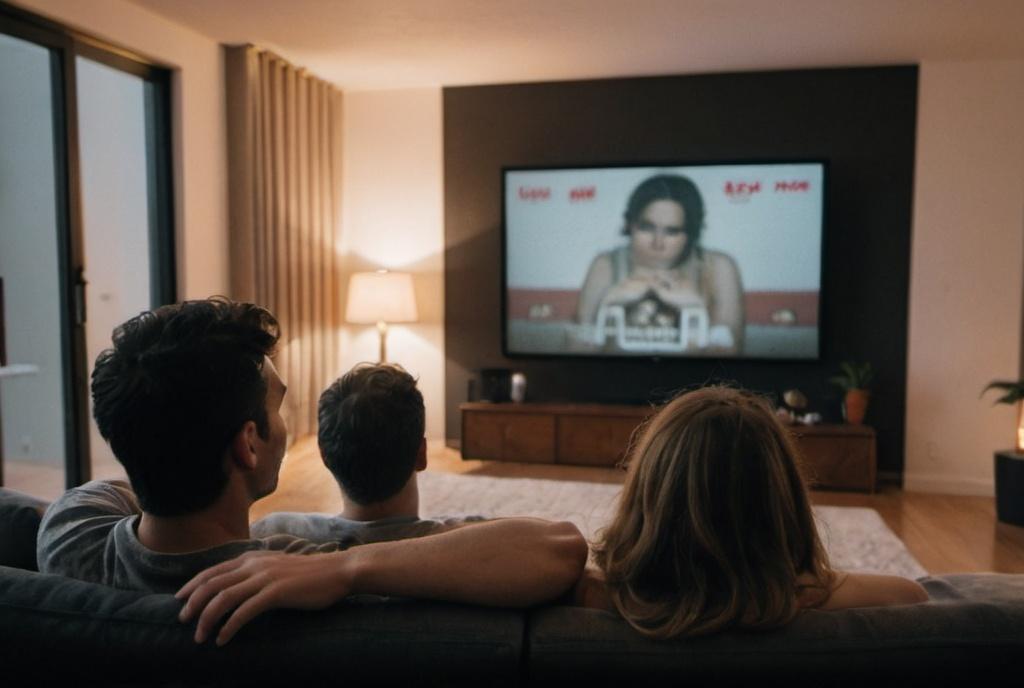
Key Take Aways About continuity editing
- Continuity editing is essential for creating seamless transitions and a coherent narrative in films.
- Ensures logical progression and prevents audiences from being distracted by inconsistencies.
- Key techniques include match on action and eye-line match to maintain flow and perspective.
- Challenges include maintaining spatial and temporal consistency to avoid noticeable errors.
- Continuity in editing is akin to a long-term approach in financial investments, requiring detail-oriented focus.
- Appreciation of this editing art enhances film viewing, emphasizing how small details make a significant impact.
 Continuity editing in film is like the unsung hero behind those seamless transitions in your favorite movies. You know, the kind that makes you forget you’re even watching a movie and has you immersed in the story. It’s not magic, but it’s pretty darn close.
Continuity editing in film is like the unsung hero behind those seamless transitions in your favorite movies. You know, the kind that makes you forget you’re even watching a movie and has you immersed in the story. It’s not magic, but it’s pretty darn close.
What is Continuity Editing?
Continuity editing is the technique used by filmmakers to maintain a coherent and consistent narrative throughout a film. It’s all about making sure that the different shots, scenes, and sequences fit together smoothly, so the audience doesn’t get confused or distracted. Imagine a jigsaw puzzle—each piece is cut perfectly to fit with another, helping you see the bigger picture.
The Role of Continuity Editing
Without continuity editing, a movie might feel like a collection of random scenes thrown together in no particular order. The role of continuity editing is to guide the audience through the narrative without them noticing the work being done. It’s like the invisible string tying everything together, ensuring that the story flows in a logical, natural progression.
Importance in Storytelling
Imagine watching a movie where characters randomly change clothes within the same scene, or the time of day keeps switching with each cut. Such inconsistencies would quickly pull you out of the story. Continuity editing prevents such hiccups by establishing spatial and temporal consistency. It allows the audience to focus on the emotional depth and plot development without getting sidetracked by unnecessary distractions.
Common Techniques in Continuity Editing
There are several techniques editors use to ensure continuity in film. One such technique is the *match on action*, where an action begun in one shot seamlessly continues in the next. Consider a character opening a door in one shot and the scene cutting to the other side as the character walks through. The transition is smooth and logical, almost like a two-step dance.
Another technique is the *eye-line match*. This involves cutting from a character looking at something, to a shot of what they are looking at. It creates a sense of perspective and connection. It’s like peeking over someone’s shoulder to see what has them so captivated.
Challenges in Continuity Editing
Even with all these nifty techniques, continuity editing is no walk in the park. Editors often face challenges like ensuring that no objects mysteriously disappear or change position between cuts. Have you ever noticed a coffee cup switching hands in one scene? Yup, that’s a bump in the continuity road. It requires a keen eye and attention to the tiniest details to avoid such slip-ups.
Continuity Editing and Financial Investments
Switching gears slightly, let’s draw an analogy between continuity editing and financial investments. Both require an eye for detail and a focus on long-term consistency. Just as a movie must maintain visual and narrative coherence, an investor seeks to maintain a steady, logical approach to financial growth. Both processes involve ensuring each move aligns with an overarching plan, whether it’s telling a story or growing a portfolio.
Conclusion
So next time you’re enjoying a film, take a moment to appreciate the subtle art of continuity editing. It’s the behind-the-scenes wizardry that keeps the story glued together, making sure you stay engaged from start to finish. Whether it’s piecing together a film or managing investments, continuity is key. It’s the little details that often make the most impact—both on-screen and off.



